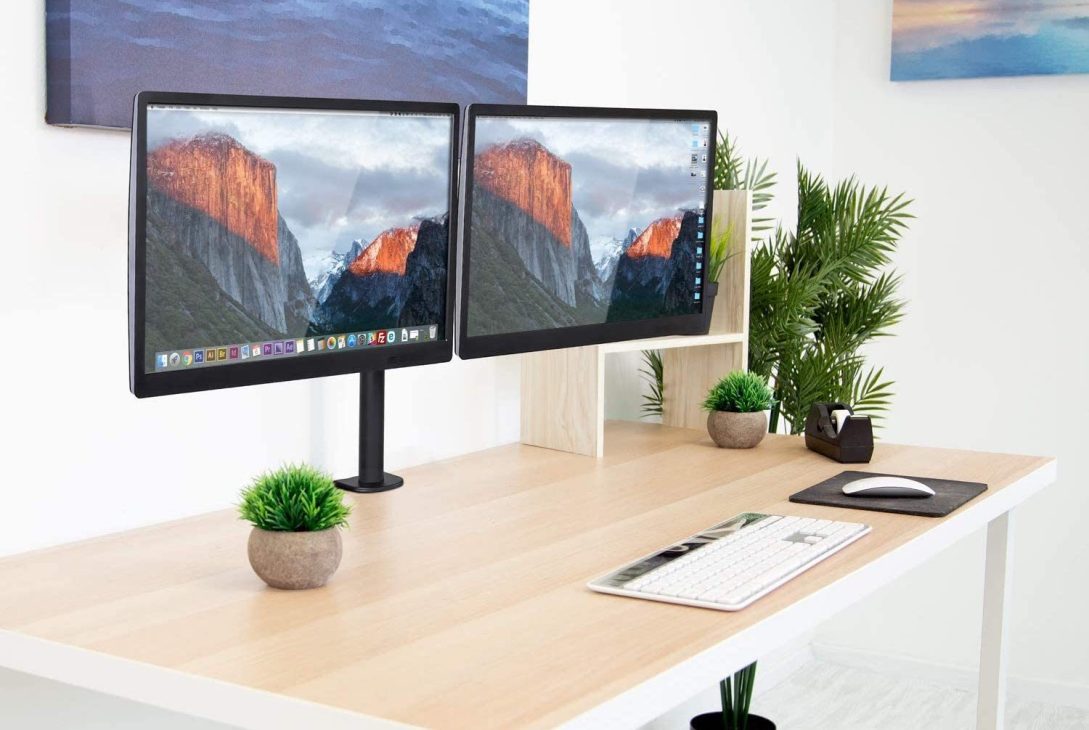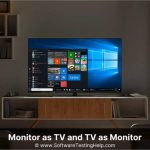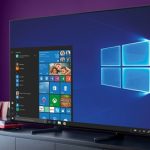Yes, you can use a TV as a second monitor for your computer setup. TVs usually have HDMI inputs that can connect to your computer for display purposes.
This process allows you to extend your screen space and improve productivity. Many modern TVs also have high resolutions and large screen sizes, making them suitable for use as a secondary monitor. Before setting up your TV as a monitor, ensure that your computer and TV support the necessary connections and resolutions for optimal performance.
By utilizing a TV as a second monitor, you can enhance your viewing experience, whether for work or entertainment purposes.
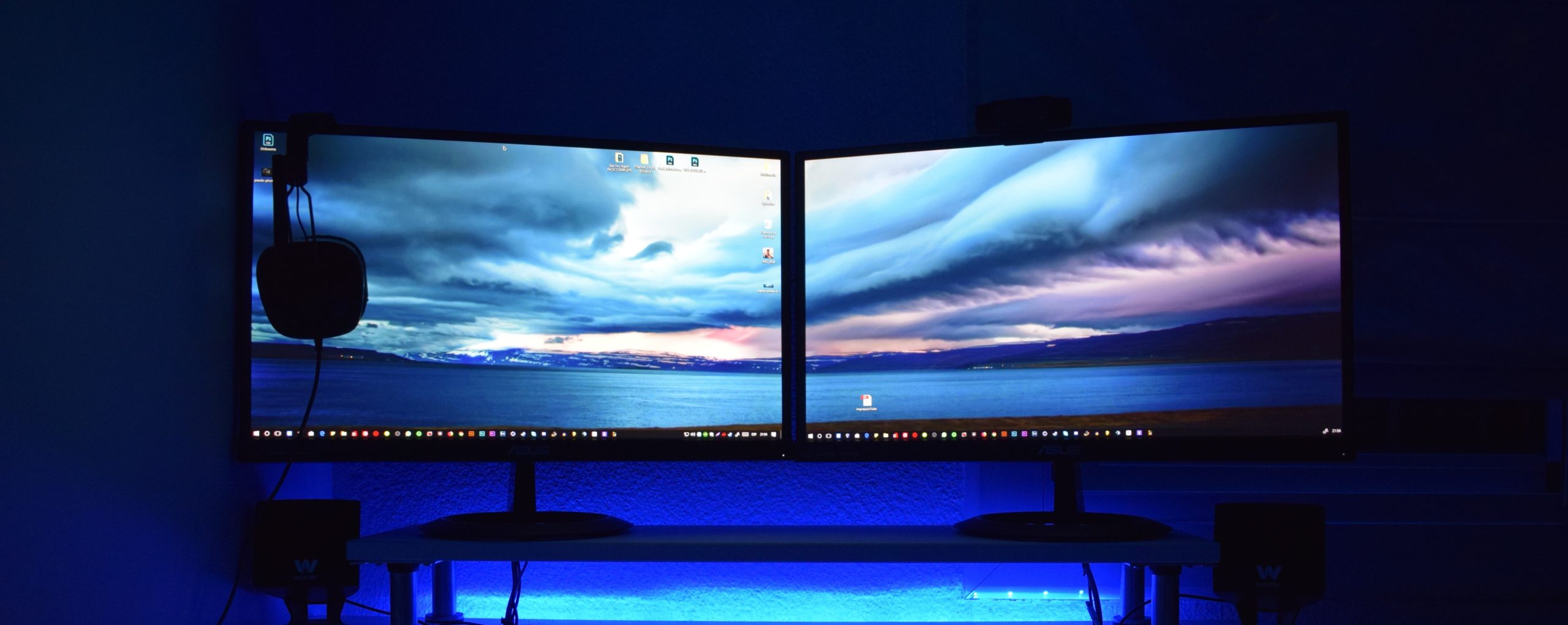
Credit: onwardcs.com
Benefits Of Using A Tv As A Second Monitor
Using a TV as a second monitor can offer various advantages, making it a practical choice for enhancing your workflow. Below are some of the key benefits:
Increase Screen Real Estate
Connecting your TV as a second monitor expands your screen space, providing ample room for viewing multiple applications side by side.
Improve Multi-tasking
With a second monitor, you can effortlessly switch between tasks, boosting your productivity and efficiency.
Having a TV as a second screen allows for seamless transition between apps and activities, maximizing your workflow.
Considerations Before Using A Tv As A Second Monitor
Before using a TV as a second monitor, consider the screen size and resolution compatibility, as well as the available ports for connectivity. Ensure that your computer’s graphics card can support the additional display and that the TV’s input lag is suitable for your intended use.
Screen Size And Resolution
Connectivity Options
Before using a TV as a second monitor, it’s crucial to consider a few key factors. Screen size and resolution are significant aspects to contemplate. Choosing the right TV size and ensuring compatible resolution will optimize your viewing experience. Screen Size: The size of your TV will impact how comfortably you can view content. Larger TVs provide a more immersive experience but may require more physical space. Smaller TVs are suitable for tighter setups but could limit visibility. Resolution: Matching the resolution of your TV to your computer’s graphics capabilities is essential for clarity. Ensure the TV supports the desired resolution settings to prevent distorted visuals. Connectivity Options: To use a TV as a second monitor, you need appropriate connectivity. Check that your TV has HDMI or DisplayPort port for seamless connection. Understanding the compatibility with your computer’s graphics card is crucial for effective use.Setting Up A Tv As A Second Monitor
Setting up a TV as a second monitor can enhance your digital experience, whether you’re gaming, working, or simply enjoying multimedia on a larger screen. The process is relatively straightforward, allowing you to extend your computer’s display and utilize the extra space for improved productivity or entertainment. In this guide, we’ll explore the various connection methods and display settings you can use to seamlessly integrate your TV as a second monitor.
Connection Methods
When setting up your TV as a second monitor, there are several connection methods to consider. You can use HDMI, VGA, DVI, or wireless options, such as Miracast or Apple AirPlay, depending on the compatibility of your devices. HDMI is often the preferred choice due to its high-definition support and easy plug-and-play functionality. Ensure that your computer and TV have corresponding ports for a smooth connection process.
Adjusting Display Settings
After establishing the physical connection, you may need to adjust the display settings to optimize the viewing experience. Access your computer’s display settings and navigate to the “Display” section to detect and configure the TV as a second monitor. Here, you can adjust the resolution, orientation, and multiple display settings to ensure seamless integration. Additionally, you may want to customize the display arrangement to align with your specific usage preferences.
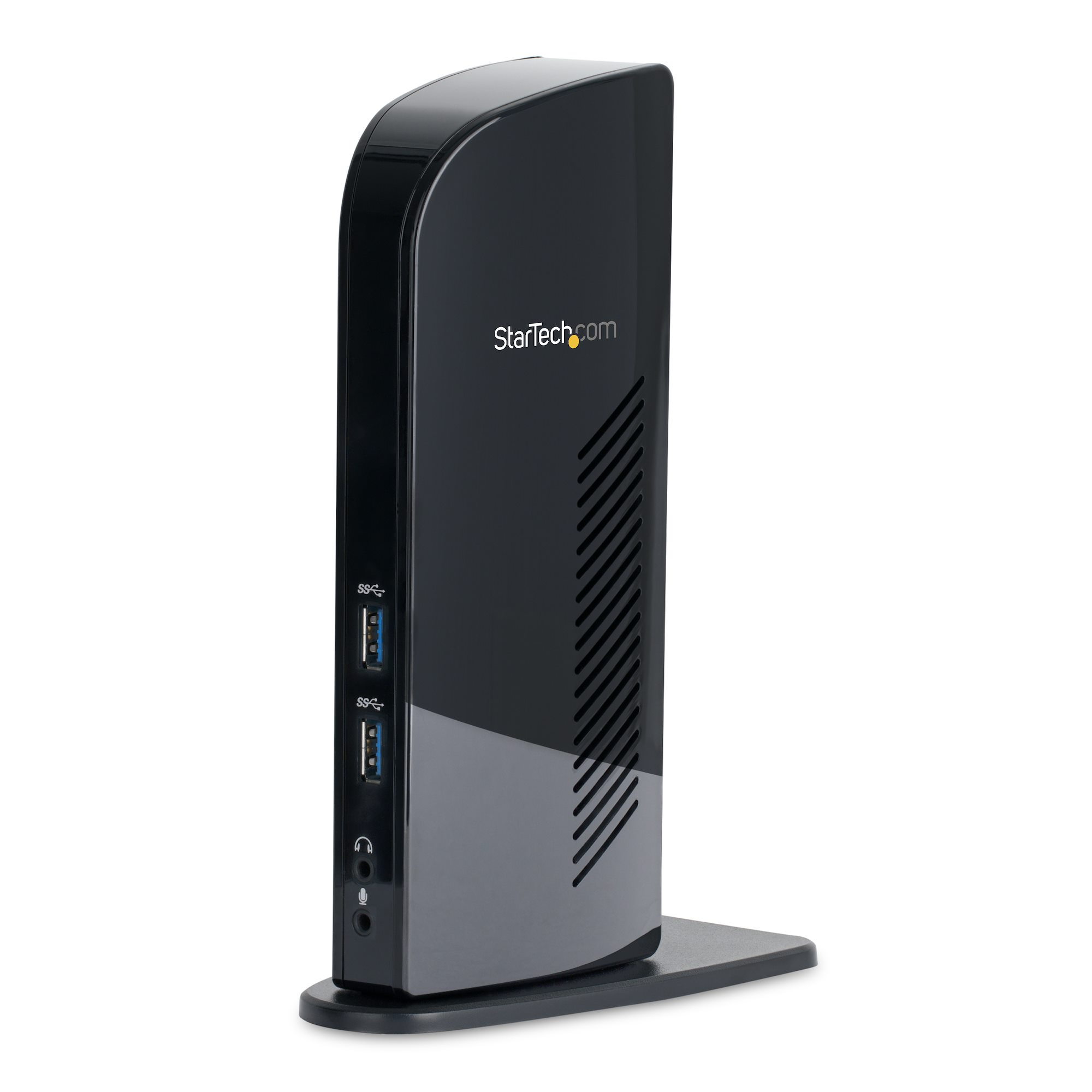
Credit: www.startech.com
Optimizing Productivity With A Tv As A Second Monitor
Optimizing Productivity with a TV as a Second Monitor
Organizing Windows And Applications
Using a TV as a second monitor can significantly enhance your productivity, allowing you to multitask and manage your workflow efficiently. One of the key benefits of utilizing a TV as a second monitor is the ability to organize windows and applications effectively. With the extended screen real estate, you can have multiple windows open simultaneously, making it easier to switch between different tasks and applications without constantly minimizing and maximizing them.
For example, you can have your main work application displayed on your primary monitor while using the TV as a secondary monitor to keep an eye on your emails, social media feeds, or reference materials. This setup eliminates the need to constantly switch between different tabs or windows, reducing distractions and improving your overall productivity.
Utilizing Extended Desktop Features
Another advantage of using a TV as a second monitor is the extended desktop feature, which allows you to have a larger virtual workspace. This means you can spread out your open applications and windows across both screens, giving you more room to work with and reducing the clutter on your primary monitor.
With an extended desktop setup, you can easily drag and drop files or content between your monitors, making file management and data transfer more seamless. Whether you’re working on complex projects that require multiple applications or simply need more screen space to view your documents side by side, utilizing a TV as a second monitor can be a game-changer for productivity.
Potential Drawbacks And Solutions
Using a TV as a second monitor can strain eyes due to size difference. Opt for an adjustable stand and reduce brightness to ease eye discomfort. Adjusting font size and screen distance can enhance visibility.
Input Lag And Response Time
When using a TV as a second monitor, one potential drawback to be aware of is input lag. Input lag refers to the delay between when a command is entered through the keyboard or mouse and when it appears on the screen. This delay can be frustrating when it comes to tasks that require quick reactions, such as gaming or video editing.
TVs typically have higher input lag compared to dedicated computer monitors. This is because TVs are designed to process and enhance video signals, which can introduce delays in rendering the display. The larger the TV screen, the more noticeable the input lag can be.
Solution:
To minimize input lag when using a TV as a second monitor, there are a few solutions to consider:
- Look for a TV with a “Game Mode” or “PC Mode” setting. These modes can significantly reduce input lag by disabling certain video processing features that may introduce delays. Make sure to consult the TV’s user manual or manufacturer’s website to enable this mode.
- Adjust the display settings on your computer. Some graphics cards allow you to fine-tune the display settings to reduce input lag. Look for options related to refresh rate, response time, or “overdrive” to optimize the performance.
- Consider using a wired connection. Wireless connections, such as Wi-Fi or Bluetooth, can introduce additional latency. Connecting your computer to the TV using an HDMI or DisplayPort cable can help minimize any potential delay.
Addressing Eye Strain
Another important aspect to consider when using a TV as a second monitor is eye strain. TVs are generally optimized for longer viewing distances, which means the pixel density may not be as high as on a computer monitor. This can result in smaller text and images appearing less crisp, leading to eye fatigue over extended periods of use.
Solution:
To address eye strain when using a TV as a second monitor, try the following solutions:
- Adjust the display settings on your computer. Increase the font size and adjust the screen resolution to ensure that text and images are comfortable to read and view.
- Use proper lighting in your workspace. Avoid glare and reflections on the TV screen as they can increase eye strain. Position the TV at a comfortable viewing angle and consider using ambient lighting or a desk lamp to reduce eye fatigue.
- Take regular breaks from screen time. It’s important to give your eyes a rest periodically. Follow the 20-20-20 rule: every 20 minutes, look at something 20 feet away for 20 seconds to give your eyes a chance to relax.
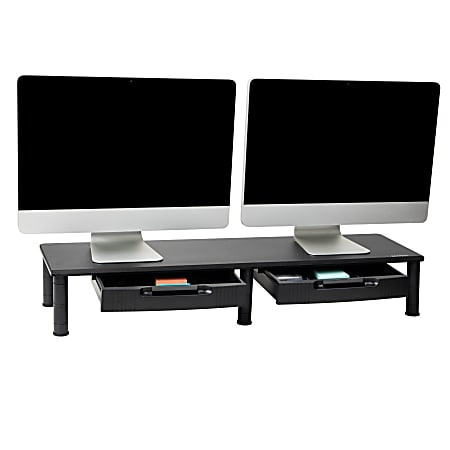
Credit: www.officedepot.com
Frequently Asked Questions For Can I Use A Tv As A Second Monitor
Is A Tv A Good Second Monitor?
Yes, TVs can be good second monitors depending on your needs and preferences. Make sure the TV has the necessary connections and resolution for your computer to ensure optimal functionality.
What Are The Disadvantages Of Using A Tv As A Monitor?
Using a TV as a monitor can result in lower screen resolution. It may not provide the same level of sharpness and clarity as a dedicated monitor. Additionally, TVs usually have higher input lag, which can affect the responsiveness of the display.
Is It Ok To Use Tv Instead Of Monitor?
Yes, using a TV instead of a monitor is okay. TVs typically have larger screens and can display content from computer devices. However, keep in mind that monitors are specifically designed for computer use and may offer better resolution and response times.
Consider your specific needs and preferences before making a decision.
Can A Regular Tv Be Used As A Monitor?
Yes, a regular TV can be used as a monitor for your computer. Just connect your computer to the TV using an HDMI cable and select the appropriate input on the TV. Enjoy a larger screen for gaming, watching videos, or working on your computer.
Conclusion
To sum up, using a TV as a second monitor can enhance your productivity and entertainment experience. By following the right setup and considering the display capabilities, you can enjoy the benefits of a larger screen and improved multitasking. Whether for work or leisure, utilizing a TV as a second monitor can offer a versatile and efficient solution.


